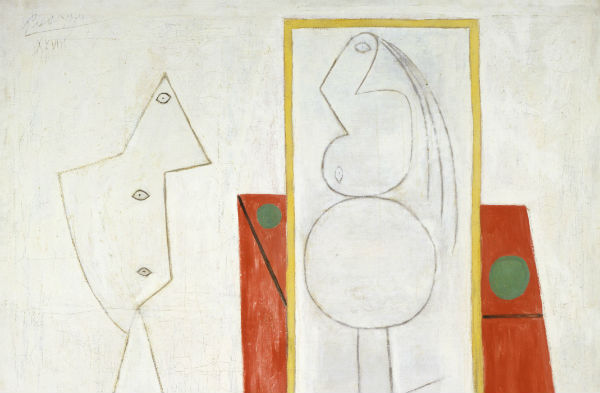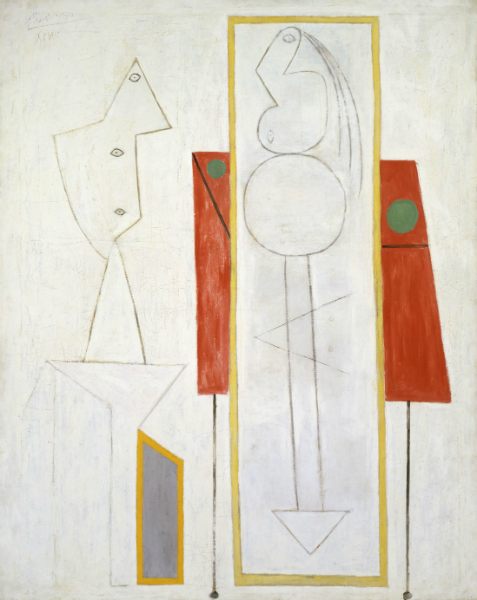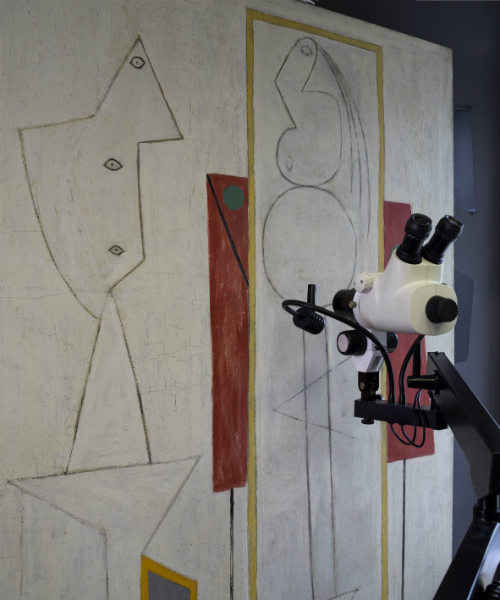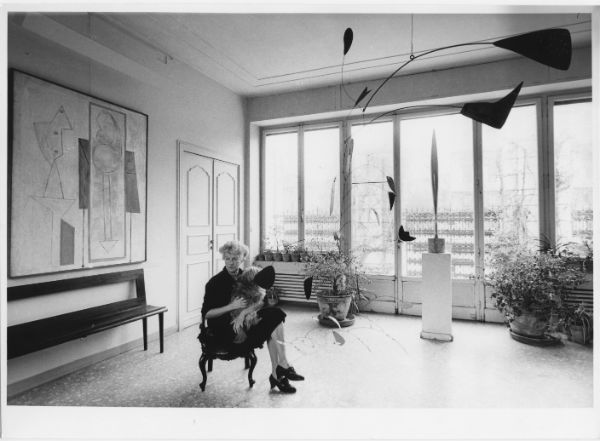Art World
Peggy Guggenheim Collection Begins Innovative Restoration of Picasso Masterpiece
'The Studio' has a stellar provenance, but is in need of a facelift.

'The Studio' has a stellar provenance, but is in need of a facelift.

Lorena Muñoz-Alonso


Pablo Picasso, The Studio (L’Atelier) (1928). Photo: Courtesy Peggy Guggenheim Collection, Venice.
The conservation department of the Peggy Guggenheim Collection in Venice has begun a state-of-the-art restoration effort on one of its most important paintings, The Studio (L’Atelier), painted by Pablo Picasso in 1928.
The project follows the successful examination and conservation carried out last year on Jackson Pollock’s seminal work Alchemy (1947).
The Studio is an equally powerful artwork, with artist Robert Motherwell having described his first encounter with the piece as formative:
“[The Studio is] perhaps the most important influence on my life in those first 10 years in New York. That incredible white . . . The painting was surely one of the most austere and powerful works since the height of Cubism . . . Unquestionably one of the masterpieces of the 20th century.”

Pablo Picasso’s The Studio (L’Atelier) in the laboratory. Photo: Matteo de Fina, Courtesy Peggy Guggenheim Collection, Venice.
Picasso first painted The Studio in 1928, but later revisited his work, simplifying its composition and color palette, overpainting parts of it with a layer of white paint.
Due to an efflorescence of wax on its surface resulting from a conservation effort carried out in the late 1960s, The Studio’s striking white is now dull, and deposits of atmospheric particles have dimmed its other colors.
Although the painting has already undergone a series of examinations—in 1983 at the Metropolitan Museum of Art in New York and in 1996 in Venice—carried out with the purpose of discovering Picasso’s original composition, the new technologies available to experts today have made it possible to discover a much more detailed image of that first version of the artwork.
One of the objectives of the project—which is being developed by the Peggy Guggenheim Collection in collaboration with other Italian and European organizations—is to develop non-toxic and sustainable nano-materials for restoring modern and contemporary artworks, designed not to leave residues.
The Studio has a phenomenal provenance. In 1928, the work went from Picasso’s atelier to his dealer Daniel H. Kahnweiler. The Spanish master was so attached to it, however, that in 1934 he swapped it again with his dealer in exchange for five works.

Peggy Guggenheim at Palazzo Venier dei Leoni, Venice, in the 1960s, with Picasso’s The Studio behind. Photo: © Fondazione Solomon R. Guggenheim, Archivio CameraphotoEpoche, Donazione Cassa di Risparmio di Venezia, 2005.
At the start of World War II, The Studio was loaned to Alfred H. Barr Jr. and included in the seminal MoMA exhibition “Picasso: Forty Years of His Art.”
In 1942, Picasso consigned the painting to the dealer Valentine Dudensing in New York, from whom Peggy Guggenheim, shortly before opening her gallery Art of This Century, acquired it that same year, following the advice of her then-husband Max Ernst.